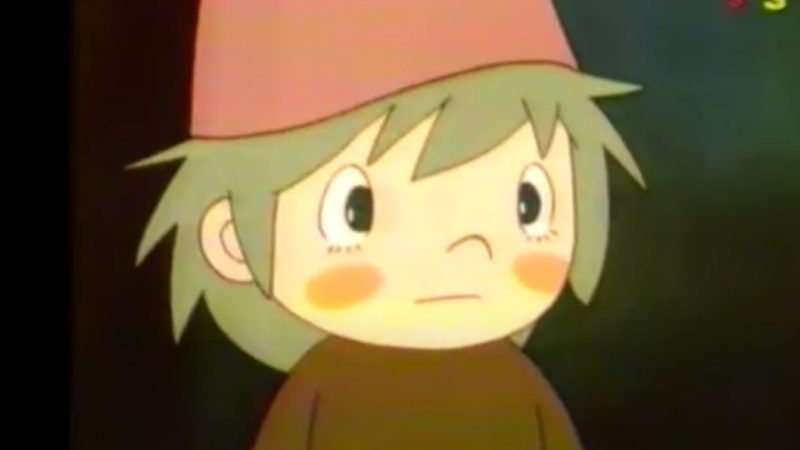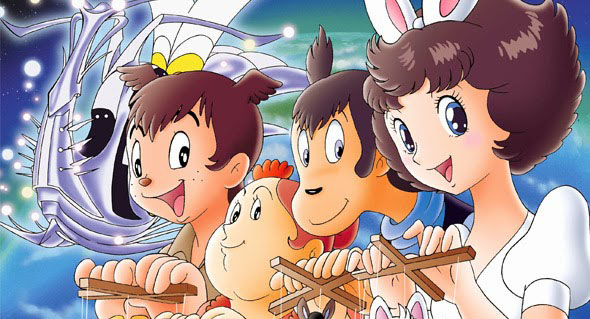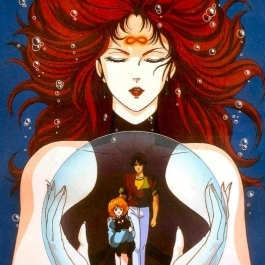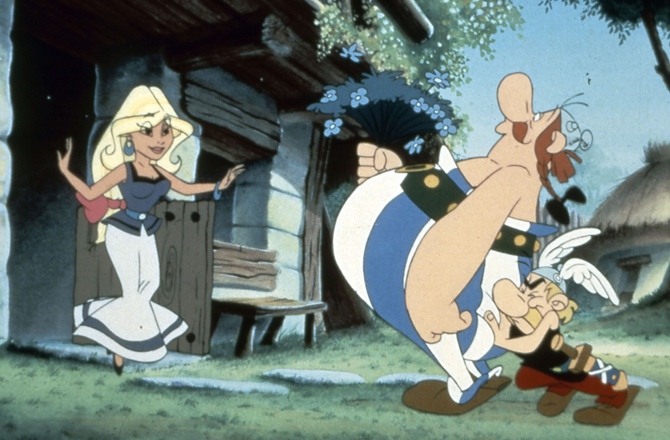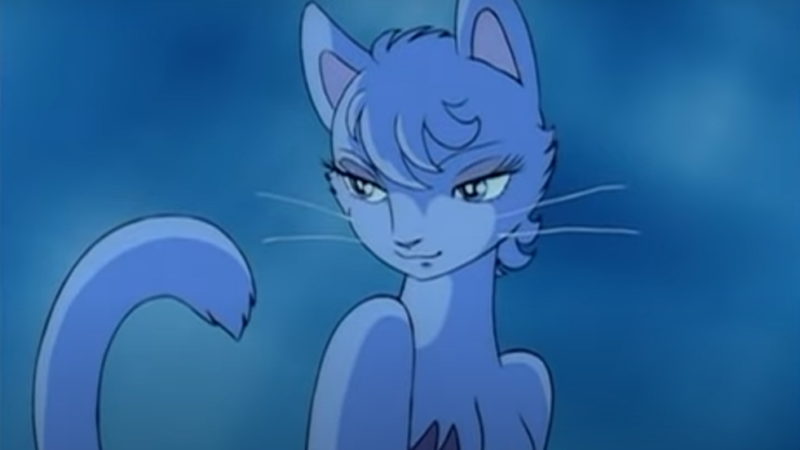Occupation: Animator - Golden Tip I wish someone had given me earlier
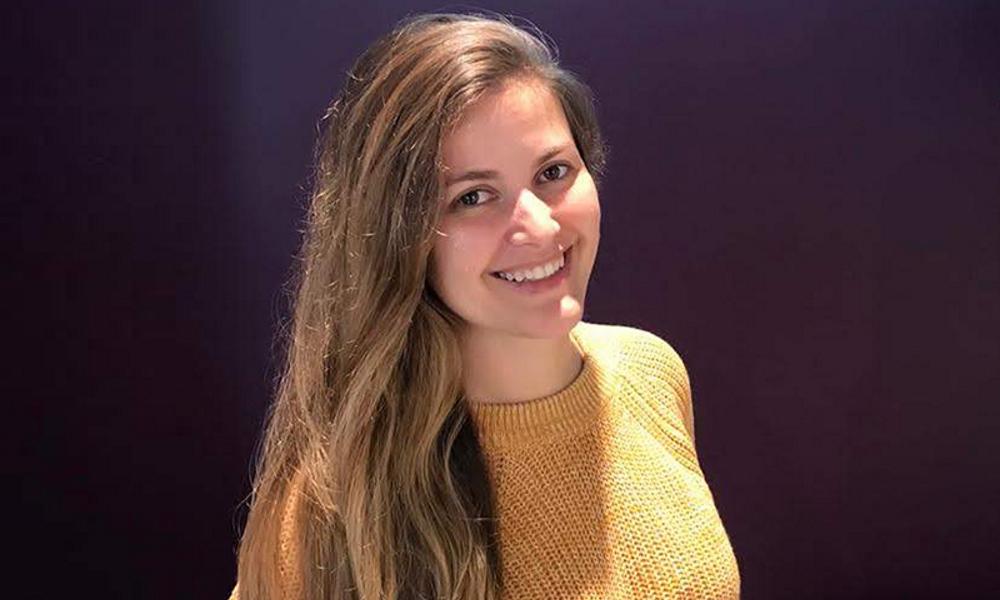
The golden advice I wish someone had given me before ...
It would be partial for me to say that animation professionals have the best careers in the world. We bring joy to millions of people, regardless of age, race, gender or sexual orientation. We have the ability to recreate the past, imitate the present, imagine the future and bring all kinds of stories to life, making you cry, smile, fear or nostalgia. Working with animation is, in other words, recreating life and, in the meantime, taking the audience on an emotional journey.
Engaging the audience on that journey and engaging them emotionally in something you brought to life is actually an incredible feeling. But this job, while surprising, is still a job, and has a multi-billion dollar industry behind it that constantly demands content. According to IMDb, there are nearly 10.289 animated shows in production to date and over 100 animated films from leading independent studios and productions in 2019 alone, not to mention video games, virtual reality content and more. All this translates into quotas to be respected, a number of seconds per week for cheering or a schedule with strange deadlines to respect. This sector will always push you to produce, produce, produce.
This constant pressure leads us to develop a bad habit of going too fast, prompting us to develop what is common, comfortable, the same old recipe over and over. The incredible art of recreating life gives way to generic animations to reach a certain altitude. It's hard to get recognition when you start your career, and even harder to do something great in an industry that's moving so fast. So here's what I'd like to know when I started my career: To excel, you must be able to go back. Let me explain ...
Step 1: go beyond technology. The vaccines that stand out the most are those that make us forget the technology that made it a reality. Mastering the technology is important, but the feeling you are representing, the message you want to convey, the essence of your shot must speak louder than the technology you use. Animation is an art form, a form of expression, and technology is just a tool.
Learning to master the tools is beneficial, giving you the speed you need to be competent and competitive in this industry. But being able to observe and interpret any emotional and / or physical action on people and use this knowledge to bring the characters to life is the real core of the work. To excel, you have to aim for the essence of what is shooting and not living on your computer screen.
Capturing the essence of a shot means knowing what feeling you want to evoke in the viewer when you see your animation. For your shot to induce a feeling, your character has to be believable, you have to represent the emotion, you have to have clear intentions. The essence of every shot is rooted in reality and believable actions, and to capture it we need to go beyond technology and start observing ourselves and others.
Prev Step 2: Search for the subtext. All the shots have something in common, whether it's a performance or an action, with dialogue or simply pantomime, with bipeds, quadrupeds, a sack of flour or a box, it doesn't matter. They all have two layers: text and subtext. The text is explicit, the line that says your character or the action you are asked to animate, and the subtext is the essence. The real gold. And a little more complicated to get.
Successful shots reveal what isn't being said, what the character really wants to say, but can't or won't. Successful shots revive the subtext. If you're asked to cheer on a guy crying in a bar, the first thing to do is ask yourself, "Why?" Why is that boy there? Why are you crying? Why is he alone? You have to really dig until you find the intention behind your character's actions and reactions, to define what your shot really is. What emotion do you want us to feel when we see it?
Whether it works for you or a large studio, sometimes you'll get the subtext on a silver platter, but if not, knowing how to dig it out is crucial. The mistake some of us make is running to the computer without asking "why?" and we end up encouraging action and not intention. In the end, we get a very lively move that means nothing more than a simple casual man sitting in a bar.
It doesn't matter what type of shot, how the character feels affects the way he performs those actions. Sitting in a chair when angry should be different from how it feels when happy. Your character might not have dialogue, but your animation should be able to translate the subtext in actions that speak for themselves.
Step 3: make it specific. After "why" comes "how". Each shot can be animated in many different ways. The way you pose your character and the way they behave is how you make the intent of the shot appear. Generic movements won't get you anywhere. You should aim for movements and poses that best describe your character's emotional state, match the subtext of the shot, and give your character a personality type, making it memorable, memorable. Successful shots are ones that people can identify with.
To be specific, you need to know what to do - there's a big difference between how think you act and how truth to behave. Observation is the name of the game. Walt Disney once said, "... an entertainer must be a student of all that can exist or exists. From the thrill of a blade of grass, struck by an invisible breeze, to the behavior of a hungry bum eating the first fillet. has had over the years. From a child, tentatively trying to walk for the first time, to an elephant making a can. "Indeed, I dare to say that we must be Students of Life, and in life, variation is the rule.
In real life, there is never an exact duplicate movement for the same emotion. Different people describe emotions in different ways and even the same person can express the same feeling in various ways. If you only trust your imagination to recreate these feelings, you can lose the beauty of what it means to be human, different, unique. The fact is that humans are not perfect: we all have our jerks, a gesture we make when we are angry, a way of walking when we feel happy. Did you know that there are different types of smiles (19 according to some studies) and only six show joy? As animators, we must observe, interpret and select the best movement to represent what we want to tell. The more specific the movement, the more interesting and memorable it becomes.
Step 4: tutorial. The human body has 206 bones and over 650 called skeletal muscles. We have psychologists like Dr. Paul Ekman who have identified six basic emotions (anger, disgust, fear, happiness, sadness, and surprise) or, if you prefer, we have Dr. Lisa Feldman Barrett's theory, which states that emotions are concepts that are constructed by the brain and influenced by personal experiences, environment, etc. We have macro expressions that often repeat and conform to what is being said and the sound of the person's voice, and micro expressions, which are very short and last between 1/15 and 1/25 of a second, which often show emotion. hidden and are the result of repression or repression. My point is that humans are amazing machines, difficult to copy and even harder to understand.
Don't be fooled into thinking you can recreate human behavior in a few hours sitting at the computer. Must be able to demonstrate weight, thought process, emotion and more, whether by moving keyframes in a graphics editor, drawing or moving puppets, etc. Bringing something to life takes patience and practice. It doesn't actually get easier the more you do it, but constant practice makes you fluent in the art of animation and gets you through the whole thought process much faster.
Go back 5 - Check your ego at the door. Practice can also come in the form of having to repeat the work, either because the director said so, or because of changes in the story, or because your idea doesn't work. Having the skills to rethink the shot and adapt to what's needed is extremely necessary to survive in this industry. Problems start when we're so attached to an idea that we can't realize it just doesn't work, and no amount of practice will turn a bad idea into a good one. This is a very common problem that occurs when we spend hours in front of the computer, watching a scene, refusing to watch it again. We become numb or blind and our judgment about it begins to cloud. This is what we call "tunnel vision".
Sometimes we need a reality check. Animation is a collaborative art, and opening your shot for honest feedback is a great way to see if you're on the right track or if the idea is a good one to start with. But keep in mind that good and bad ideas are subjective in nature and you will see that egos struggle to determine what is good and what is not, based on personal preference, most of the time. If you need advice on whether you're on the right track, here's something a colleague, Daniel Rosales (3D Story Artist at Lucasfilm Animation) likes to say, "You don't have to defend a great idea. It will survive on its own. On its own.
Understanding that our million dollar idea is sometimes only good for us and that no one else is hard to find, but our work needs to speak to a wider audience, not just us, the creators. Letting the ego out is a great start, as is a chance to start over. You should feel comfortable doing this.
In conclusion, As animators, we have the almost impossible mission of recreating the core of the human being, portraying feelings, intentions, interpreting what was not in the script, what is not said. In my experience, most of the shots that drop are those that were rushed, had no planning, didn't observe reality, had no feedback, or failed to portray or induce the correct emotion. I didn't cry because the girl in the film hugged her sister while she was an ice statue. I cried because it reminded me of my sister, for whom I would do anything. I cried because I saw myself in that character.
The successful animated shots are not about the movement itself, but about the story behind it and the emotional connection it creates with the audience. If you want your work to stand out, it must mean something and you can't be afraid to make people feel. I wish I knew earlier: take a step back now and when you can.
Bruna Berford is XR Animation Supervisor at Penrose Studios, where she supervised animation for the award-winning experience. The track of Arden (VR Award at the 74th Venice International Film Festival) e alumette (Presented at the Tribeca Film Festival 2016). Prior to joining Penrose, she worked as an animator at Oculus Story Studio for the Emmy-winning experience Harry, as a film artist at Telltale Games and in various other projects, including Disney TV animated series. As a storyteller, Bruna likes to see the world as potential ideas for future stories.

